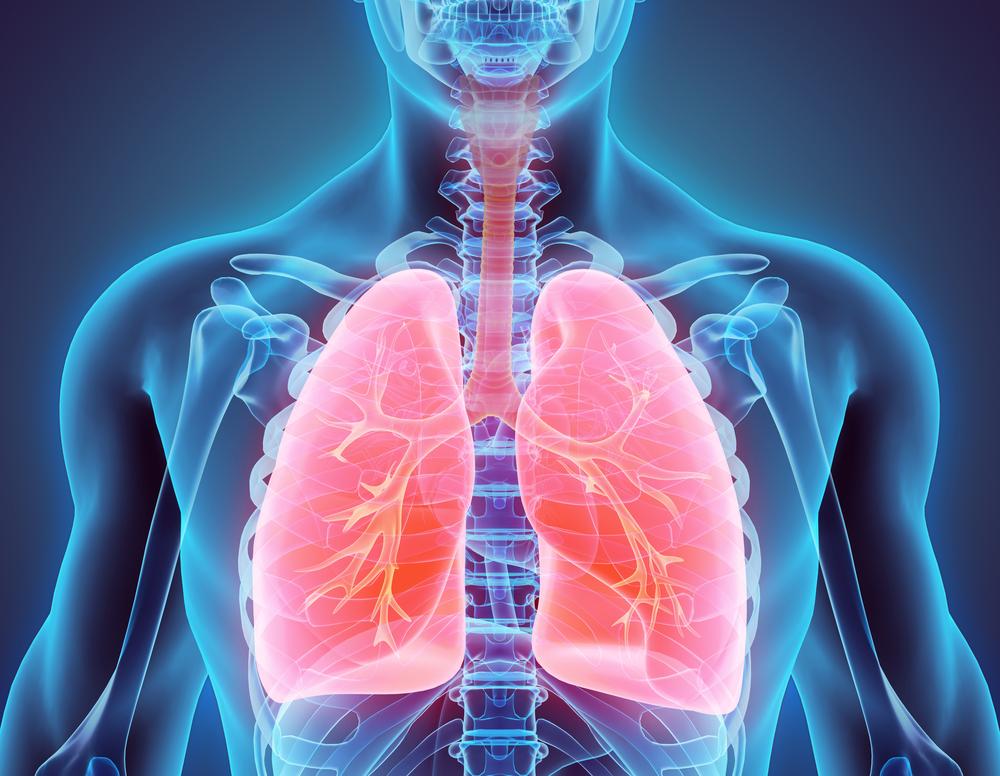Different Types of Lung Cancer and Their Treatments
This article explores the main types of lung cancer—including non-small cell and small cell—and outlines their respective treatments. It emphasizes the importance of early detection and discusses the prognosis for metastatic stages. Readers are advised to seek professional medical guidance for personalized care. Suitable for those seeking a comprehensive overview of lung cancer variants and management options.

Understanding Lung Cancer Variants
Lung cancer presents in various forms, each requiring specific treatment approaches.
Non-small cell lung cancer (NSCLC)
NSCLC is the most prevalent type, making up approximately 85% of cases. It includes adenocarcinomas, large cell carcinomas, and squamous cell carcinomas. Adenocarcinomas tend to grow slowly and usually appear on the lung's outer edges. While often seen in non-smokers, most patients with this type have a history of smoking. Squamous cell carcinomas are typically found in the central lung regions, while large cell carcinomas can develop anywhere within the lungs.
Treatment strategies for NSCLC depend on disease stage. Early detection may allow to remove tumors surgically, with radiation or chemotherapy as additional options. Advanced cases may involve radiation, surgery, and chemo in combination. When the cancer spreads beyond the lungs, chest area, diaphragm, or lymph nodes, surgery becomes less effective, and therapies focus on managing symptoms and slowing progression.
Small cell lung cancer (SCLC)
Managed primarily with radiation and chemotherapy, especially in early stages. As it often spreads quickly, treatments at later stages may include brain radiation since SCLC has a tendency to metastasize to the brain, even if no tumors are initially visible.
When lung cancer extends beyond the lungs and chest, it is classified as metastatic. This stage has a poorer prognosis, with a life expectancy averaging around eight months. Patients facing metastatic lung cancer should discuss treatment options with their healthcare providers, considering quality of life and personal wishes. Some opt for aggressive treatments, while others prefer comfort and time with loved ones.










